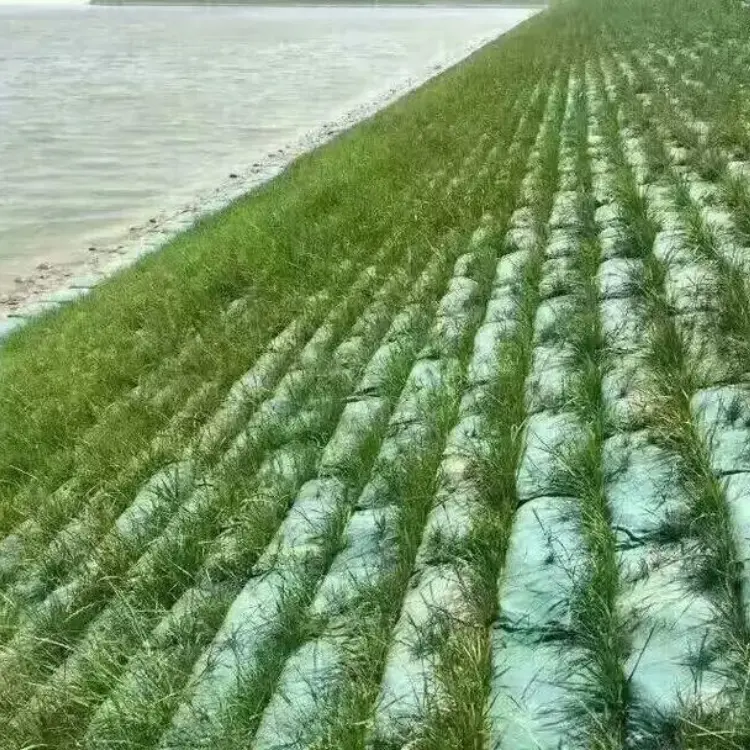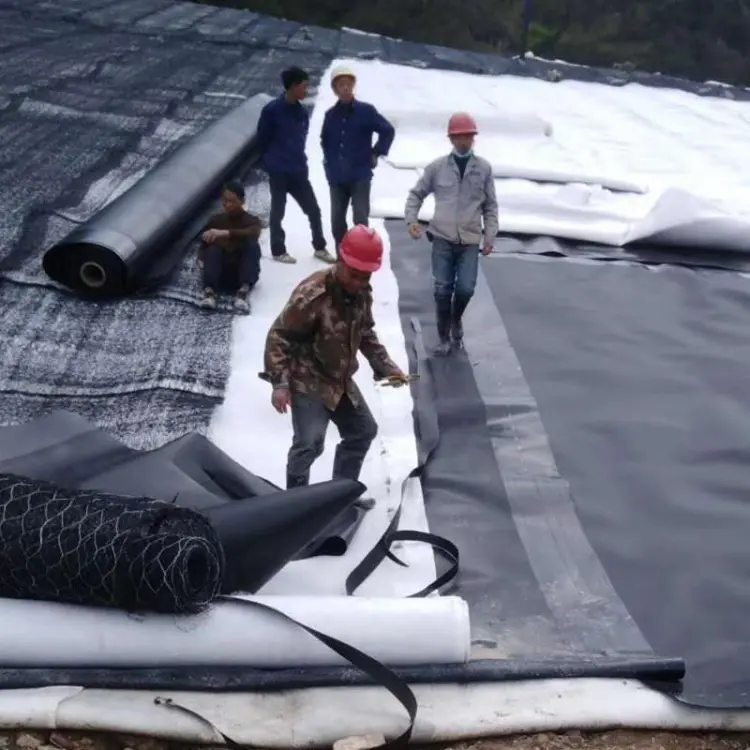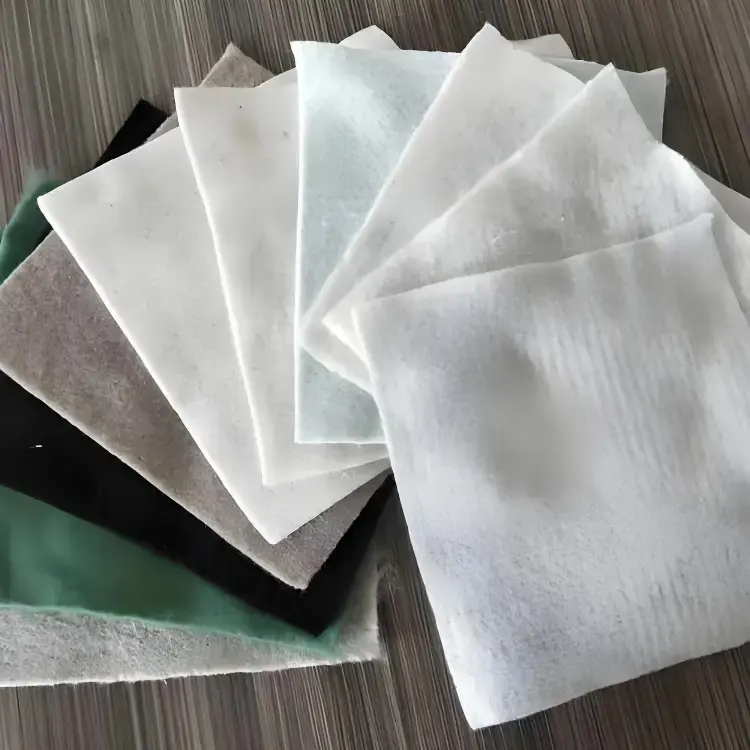Vegetated retaining walls integrate ecological and aesthetic functions, effectively preventing soil erosion while enhancing urban scenery. Below are five key sustainable benefits in urban contexts:
I. Ecological Benefits
Vegetated walls create ecological corridors that connect ground-level and hillside greenery, facilitating species migration. They significantly increase urban green coverage and visual greenery rates. In Chongqing’s mountainous terrain, these walls support diverse woody plant communities with 77.3% native species composition, boosting urban biodiversity.
II. Urban Aesthetic Enhancement
These structures effectively conceal unattractive urban elements while enriching vertical landscapes. Climbing plants and ornamental species form dense foliage or floral displays, elevating overall urban visual quality.

III. Reduced Maintenance Costs
Designed to leverage natural plant growth patterns, vegetated walls require minimal upkeep once established. Compared to rigid concrete alternatives, they lower long-term maintenance expenses significantly.
IV. Enhanced Structural Stability
Plant root systems reinforce soil cohesion, reducing erosion risks. This biological reinforcement improves structural integrity while mitigating erosion-related hazards.
V. Adaptive Design Flexibility
Adaptable to varying materials, heights, and slopes, these walls demonstrate proportional relationships between design parameters (height, terracing, inclination) and plant diversity. This enables customized solutions optimized for site-specific ecological and aesthetic needs.
Conclusion
Vegetated retaining walls deliver unmatched ecological, aesthetic, and economic advantages for sustainable urban development. By combining erosion control with biodiversity support and low maintenance requirements, they represent a multifunctional solution for modern cities.

